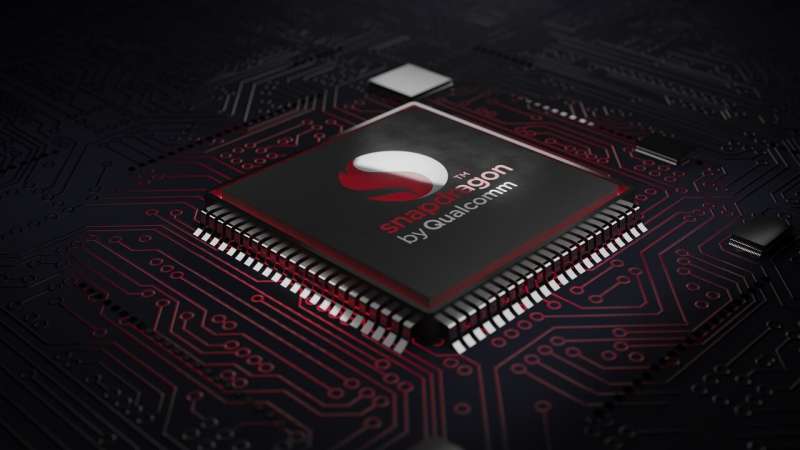
Qualcomm rolled out its next generation of 5G processors Tuesday that the company says can deliver peak download speeds of 10 gigabits per seconds to smartphones, laptops, household Internet and private business networks.
The company’s new Snapdragon X65 baseband chip is currently being tested by device makers. It’s expected to be used in smartphones and possibly other electronic gadgets launched later this year.
The processor is Qualcomm’s fourth generation 5G cellular modem, the semiconductor responsible for linking mobile devices to cellular towers and the overall network. The X65’s peak speed is about 10 times faster than the top speeds available on the most advanced 4G LTE networks.
“The Snapdragon X65 is the cornerstone of our opportunity to bring the benefit of 5G to almost every industry,” said Qualcomm President Cristiano Amon, who will become chief executive of the San Diego company next month.
While 10-gigabits per second is the headline number, smartphone, laptop, hotspot and other mobile device users are unlikely to get speeds that fast in the real world.
10 gigabits is the peak data rate under ideal conditions. Traffic on the network, distance from a cell tower and a host of other factors determine actual speeds.
Still, the X65 is faster speeds than Qualcomm’s best chip on the market today. The speed improvement is “good for the industry and good for the carriers,” said Jim McGregor, principal at technology industry consulting firm Tirias Research. “The more they can transmit at a quicker rate, the lower their cost per bit of transmission.”
The new Snapdragon X65 baseband tops the peak data rates of its predecessor—the X60—which delivered maximum data rates of 7.5 gigabits per second.
The new processor has an upgradable architecture to enable new software features to be added later. And Qualcomm also revamped its Radio Frequency Front End system and 5G antenna products to deliver better coverage and lower power usage.
McGregor said the X65 likely will show up in smartphones first, in part because the demand for high data rates, for now, comes mostly from consumer applications such as mobile gaming, video calls, movie streaming and so on.
“Qualcomm aims for the phone first and goes for everything else after that,” he said. “So they will go for the phone but obviously this is good for a lot of other applications, especially looking at private networks and industrial applications.”
While 3G and 4G cellular networks brought the wireless Internet mostly to smartphones, 5G has been designed from the outset to bring wireless connectivity to other industries. They include connected factories, artificial/virtual reality gear, and private networks for businesses, venues and stadiums.
In addition, 5G-based home Internet, known as fixed wireless access, also is expected to emerge as a competitor to wired cable and DSL. It has been slow to roll out to date, in part because it requires installing infrastructure in new locations beyond existing cell towers.
On Tuesday, Qualcomm sought to jumpstart 5G home Internet with its second-generation fixed wireless access platform—a combination of its X65 modem, RF System, extended range antennas, and a reference design to enable plug and play equipment installation without the need for technicians.
The company said the platform helps provide a way to deliver fiber-like Internet speeds over 5G to households and help ease the “connectivity divide.”
“The Qualcomm 5G Fixed Wireless Access Platform Generation 2 is a comprehensive, cost-effective and scalable solution for operators and (equipment makers) to deploy 5G’s multi-gigabit speeds and low latency connectivity to homes, small businesses, schools, hospital and town halls,” said Gautam Sheoran, a senior manager of product management for Qualcomm.